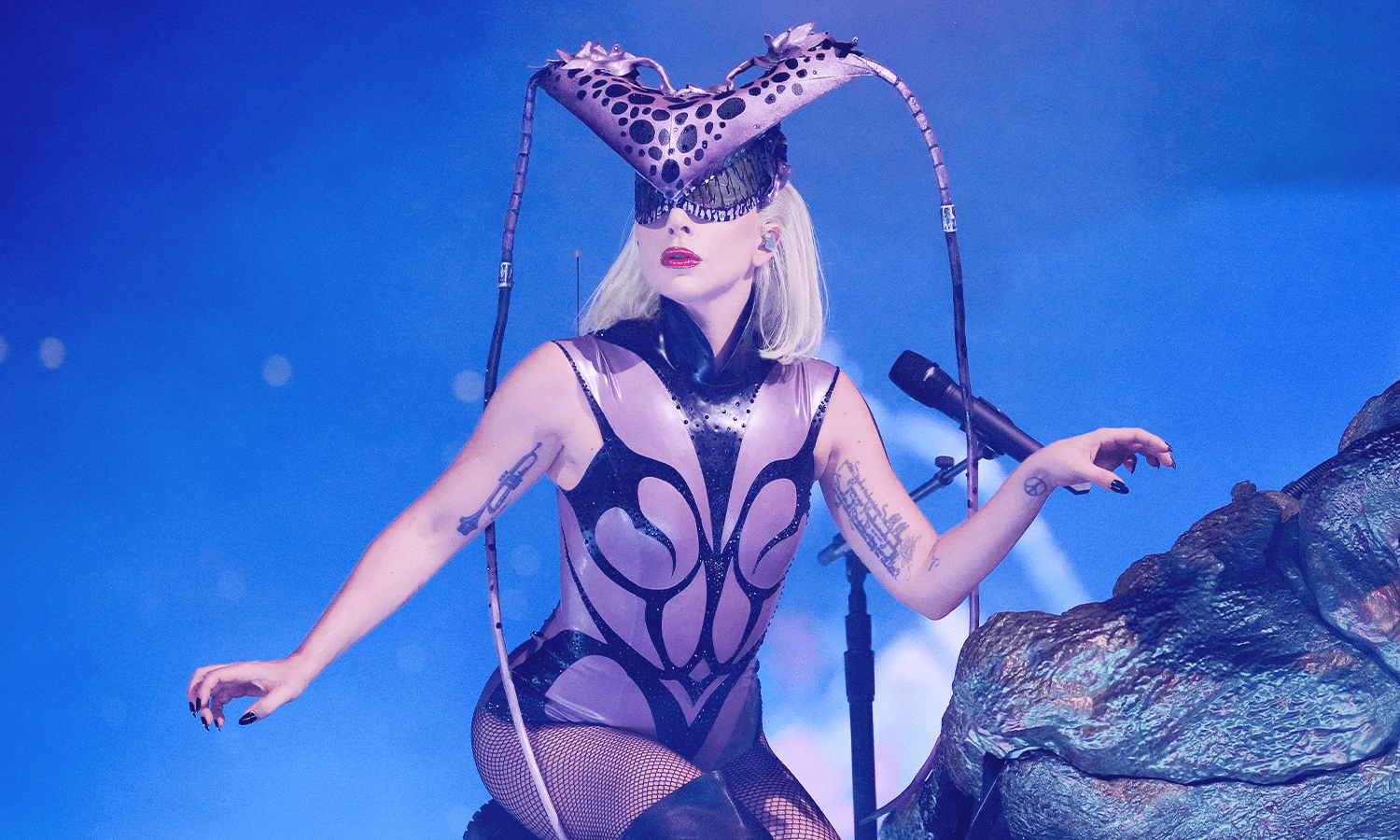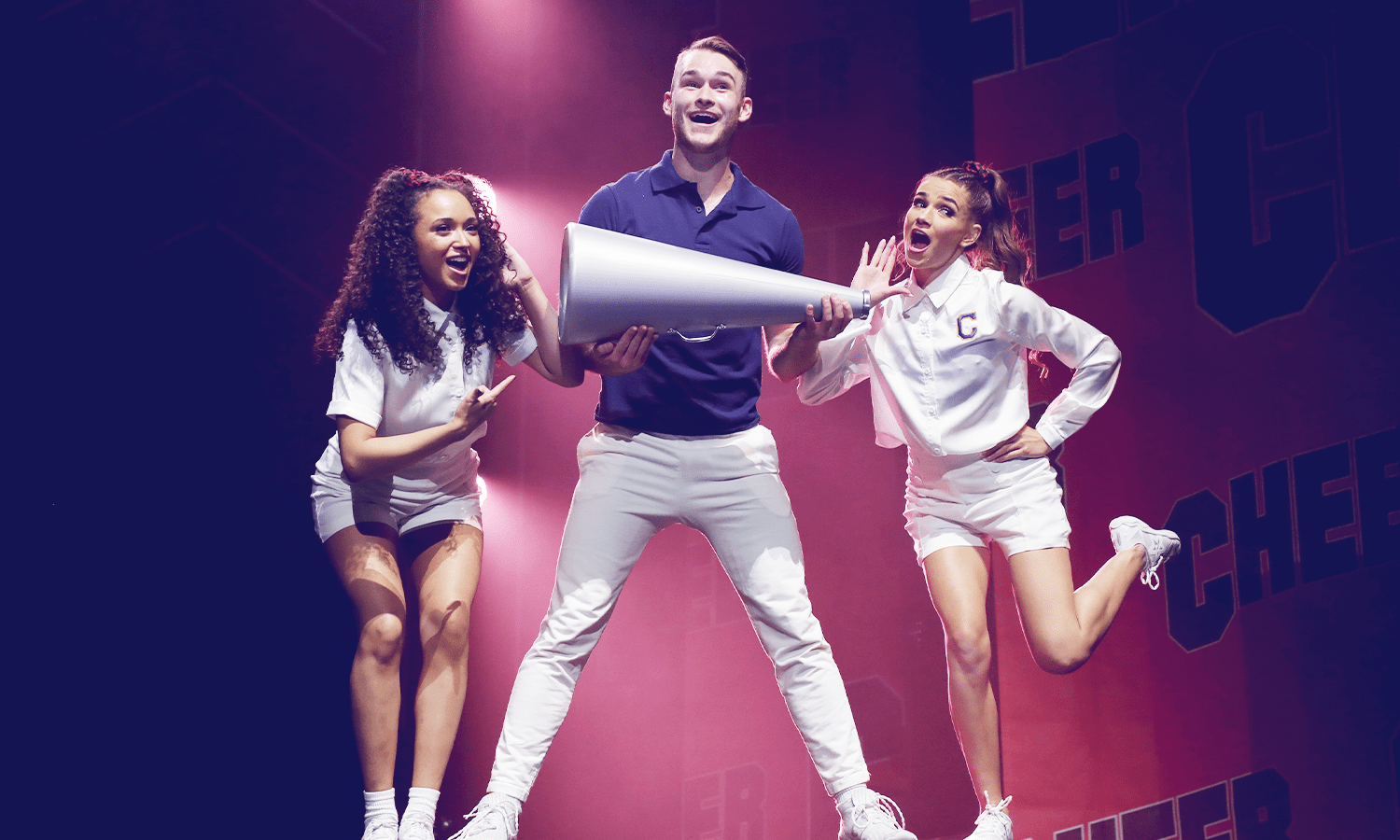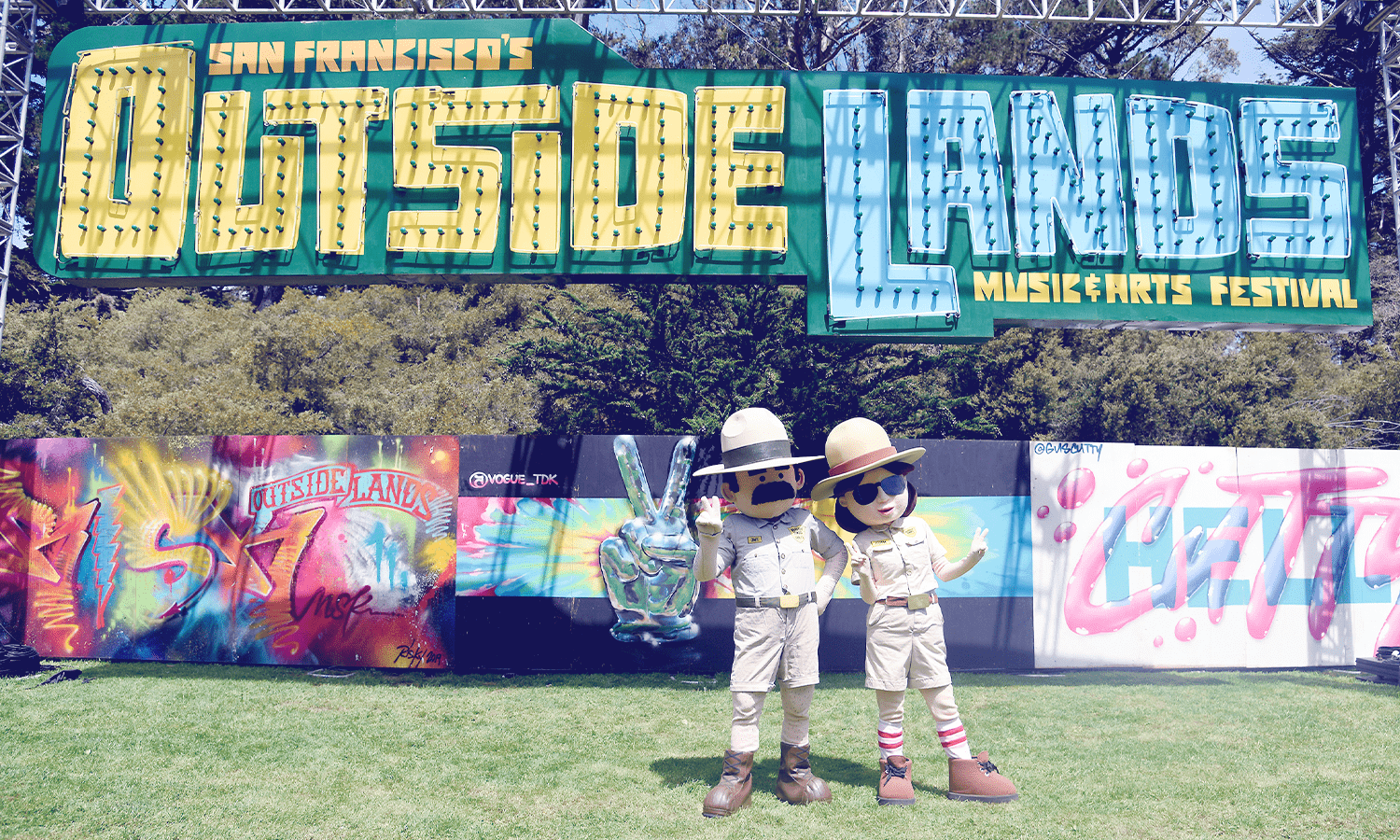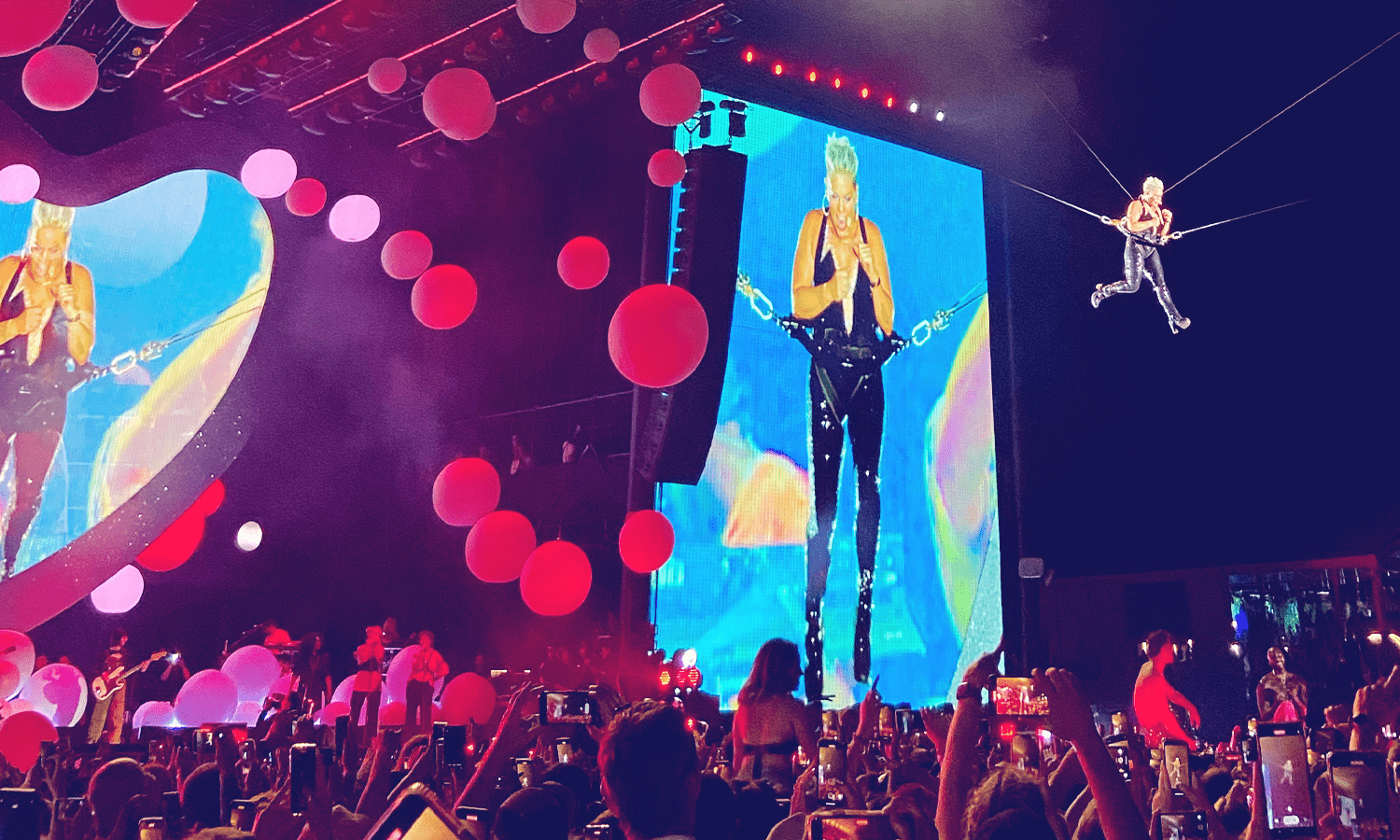I only asked you to show me a real good time: Chromatica Ball and the return of stadium tours

On Friday, March 13, 2020, I anxiously paced my apartment and refreshed my Chrome page. No, I wasn’t on the CDC’s website, even as my office sent everyone home and the city was shutting down around me. (Besides, everybody knew we were just working remotely for a couple weeks until this whole coronavirus inconvenience blew over!) Instead, I was on Ticketmaster, desperate to score the best seats for Lady Gaga’s upcoming tour. The Chromatica Ball Tour, a “special six-city limited run of exclusive performances” was set to kick off in July 2020, and New York — er, East Rutherford, New Jersey — was on the schedule. Well, as you can imagine, things didn’t exactly go according to plan. After two delays, one year and 51 weeks, my friends and I finally hit the turnpike last week for Chromatica. We landed at MetLife Stadium along with 55,000 other Little Monsters (as Gaga calls her fans) — her largest US crowd ever. And, given that I had paid for the tickets more than two years prior, the experience felt free. Lady Gaga performing at MetLife Stadium, August 11, 2022. Photo courtesy: Samantha Stallard As chronically postponed concert tours begin to hit the...


